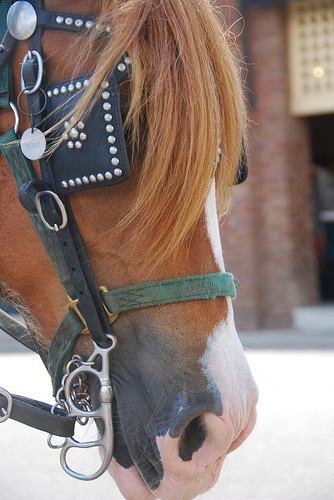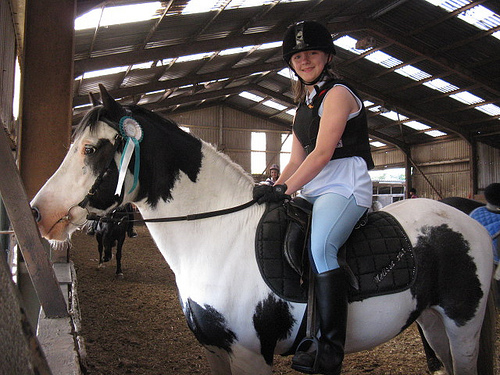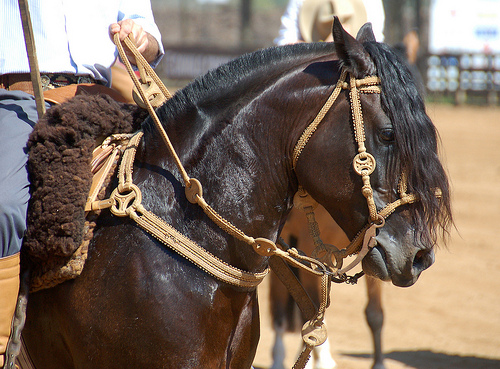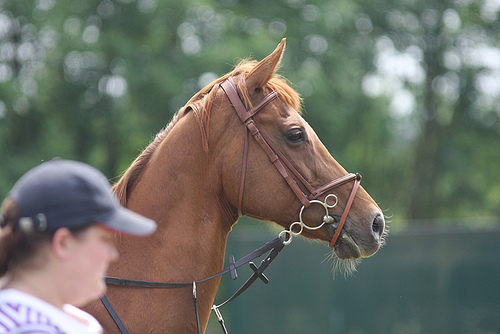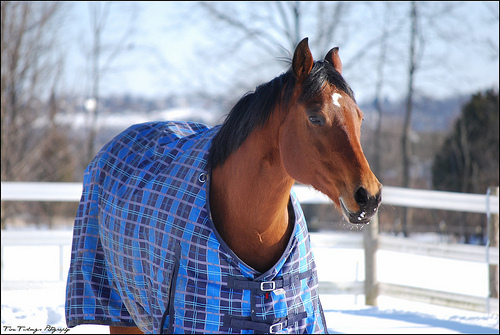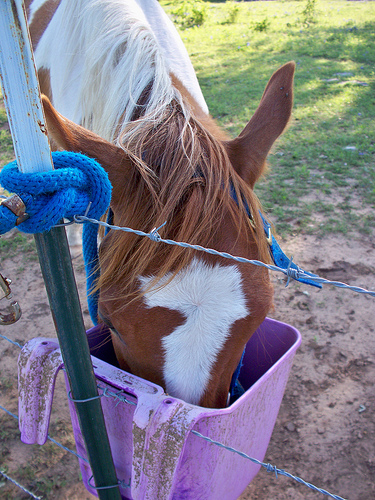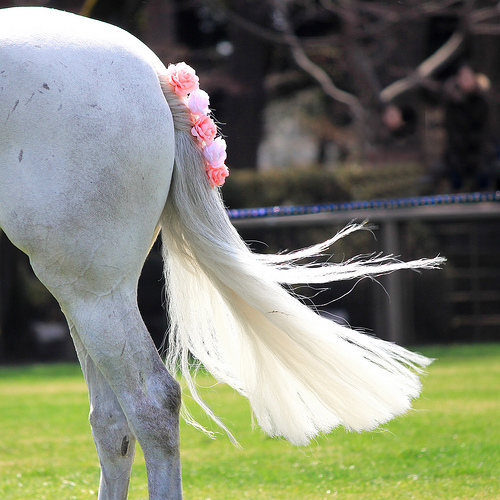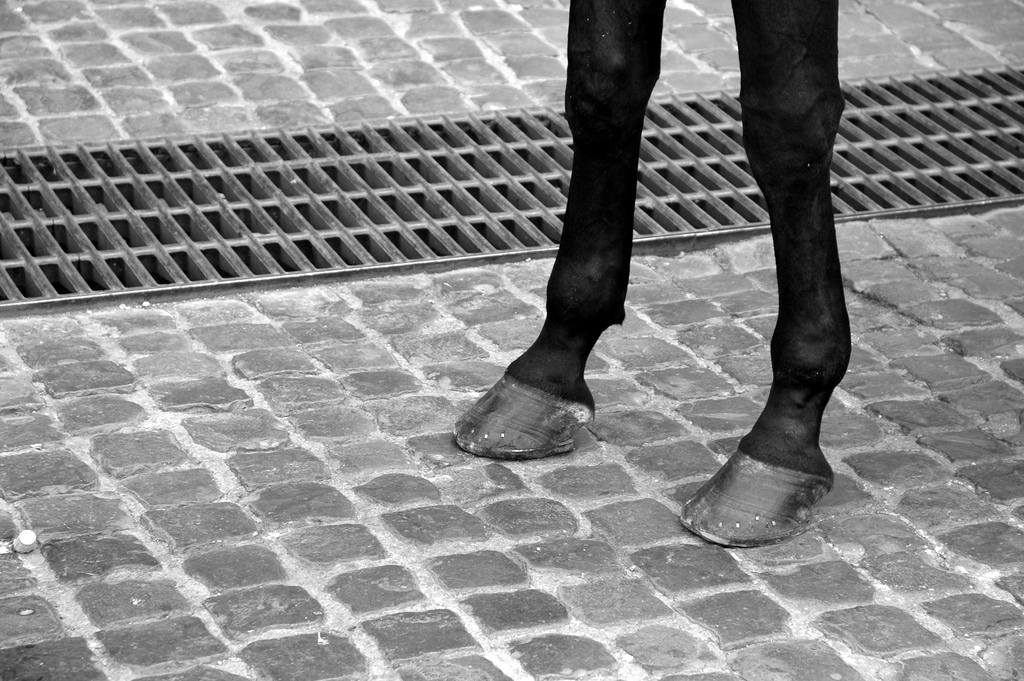There are many different types of horse bit and bridle that you can choose from. Of course, they are either suited to the size of the horse or the purpose for which you are fitting them on your horse. This is because with the difference in style of bit and bridle, they work slightly differently.
Now let’s look at the different options…
Types of Horse bit
Bits are broadly of two types:
- Curb bit
- Snaffle bit
Curb bit
The rein in a curb bit attaches to the cheekpiece or the shank and not directly to the mouthpiece. When the rider takes a contact on the rein, the horse feels this contact over the cheek area or the entire shank area depending on the bit. This provides greater leverage.
Types of curb bit include:
Western curb bit: The shank is pretty long – about 8-9 inches and this allows for greater leverage. Even with a loose rein, you have a lot of control.
English curb bit: The shank length is shorter than the Western style – it is about 4-5 inches. These are often used as part of a double bit ensemble where the other is a snaffle style bit. Together it allows for finer control – as required in dressage competitions.
The other styles of bits are…
Snaffle Bit
Eggbutt snaffle – Comes with a somewhat egg-shaped connecting part between the mouthpiece and the bit-ring. These are very gentle on the horse and do not pinch the corners of the mouth.
D-Ring snaffle – here the rings are D-shaped.
Full-cheek snaffle – these come with attach cheek pieces that make it impossible for the bit to be pulled through the mouth.
Loose-ring snaffle – These are the most adaptable bits – they have a full large ring which allows the mouthpiece to slide around it.
This way it fits on different horses easily.
So much for bits, now let’s look at horse bridles…
Types of Horse bridles
Here’s listing the different types of bridles that attach to the bit and allows you to control the horse:
- Snaffle bridle – These are the most basic bridles and contrary to what the name suggests, can fit with both snaffle as well as curb bits.
- Double bridle – These are setups where there are two bits in use together – a curb bit called the Weymouth and a snaffle bit called a bradoon. As mentioned earlier these are usually used for shows.
- Pelham bridle – This kind of bridle comes with one bit but two reins – one for curb action and the other for snaffle action.
- Western bridle – These bridles do not have a noseband and are better suited to western style riding. They may also lack browbands.
- Barcoo bridle – These are usually used for Australian stock horses and can be used for competitions as well as for work. In this style there’s one ring into which is sewn the throatlatch, browband and crownpiece.
- Gag bridle – These bridles allow for severe action. They contain rounded cheekpieces that are passed through the holes on the bit ring.
- Halter bridle – These are also called ‘endurance’ bridle or ‘trail bridle’. These allow you to remove the bit and reins while the cheekpieces stay in place. This allows you to quickly release these when taking a break on the trail.
Bits and bridles are very important horse tack and equipment – because they determine how well you are able to lead your horse or not. This is what translates your commands to the horse – and therefore for your security, you should choose your hose’s bit and bridle wisely. But that shouldn’t be a tough job anymore – especially since you now know about the different types of horse bit and bridle. Choose wisely, take help from a horse expert when buying a bit or bridle and keep your horse’s comfort in mind.
Incoming search terms:
- types of bridles (108)
- horse bridle types (76)
- different types of bridles (49)
- bridle types (38)
- types of horse bridles (36)
- types of horse bits (33)
- types of bridles for horses (27)
- types of bridle (22)
- types of horse bits and how they work (21)
- different types of horse bridles (20)
- different bridles (17)
- different types of horse bits (17)
- types of bridle bits (17)
- different types of bridles for horses (16)
- bridle bits types (15)
- bridle bits different types (15)
- bridle bit types (14)
- types of horse bits and their uses (10)
- bridle styles (10)
- different kinds of bits for horses (6)
